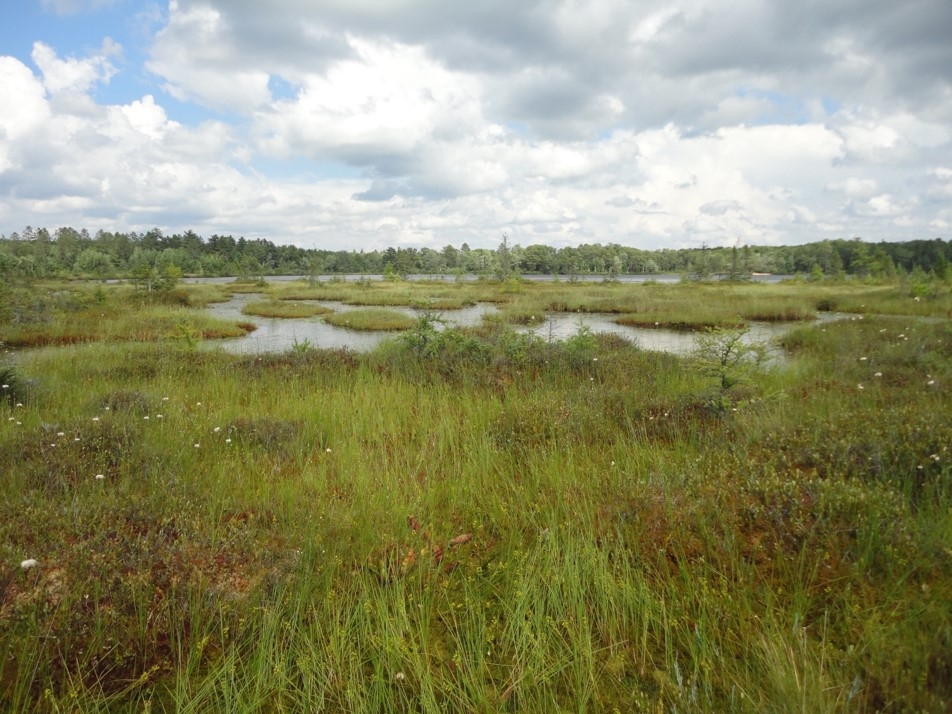Palustrine Class

The Palustrine class is comprised of wetlands, ecosystems that are saturated or inundated with water for varying periods during the growing season and characterized by hydrophytic vegetation and soils that have developed under these conditions. The Palustrine class includes 32 wetland natural community types, which are organized into six ecological groups based on community structure (i.e., physiognomy), species composition, soil characteristics, and hydrology. The Palustrine groups are Marsh, Wet Prairie, Fen, Bog, Shrub Wetland, and Forested Wetland. Important factors in further classifying Palustrine natural community types within these ecological groups include soil chemistry, the presence of mineral versus organic soil, hydrology, species composition, community structure, geographic distribution, and landscape setting.
Citation
Cohen, J.G., M.A. Kost, B.S. Slaughter, D.A. Albert, J.M. Lincoln, A.P. Kortenhoven, C.M. Wilton, H.D. Enander, and K.M. Korroch. 2020. Michigan Natural Community Classification [web application]. Michigan Natural Features Inventory, Michigan State University Extension, Lansing, Michigan. Available https://mnfi.anr.msu.edu/communities/classification. (Accessed: April 29, 2024).

